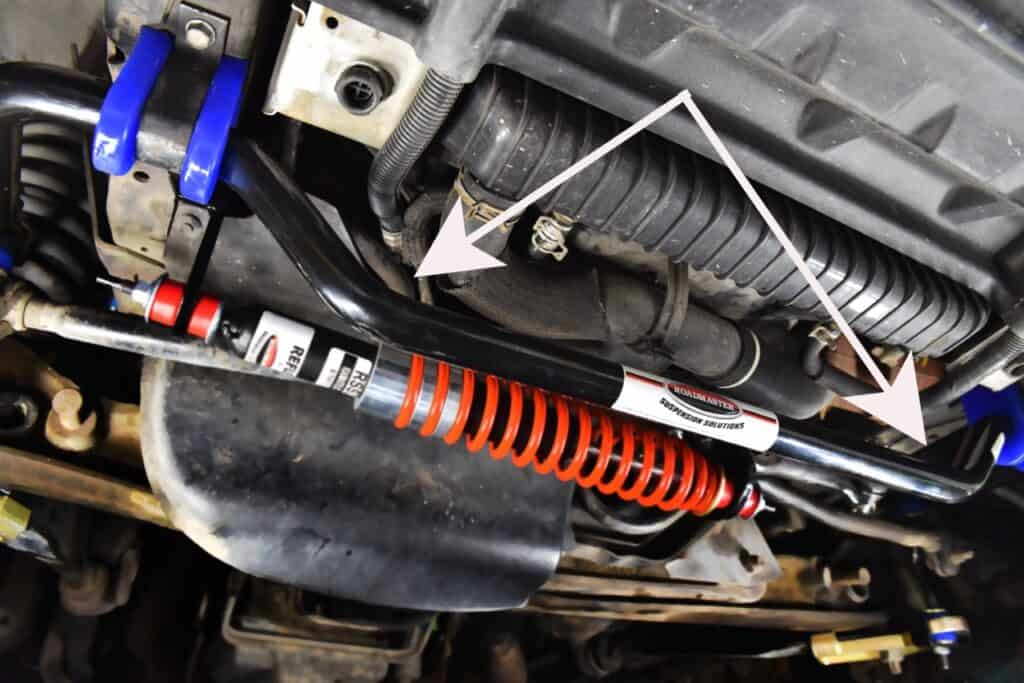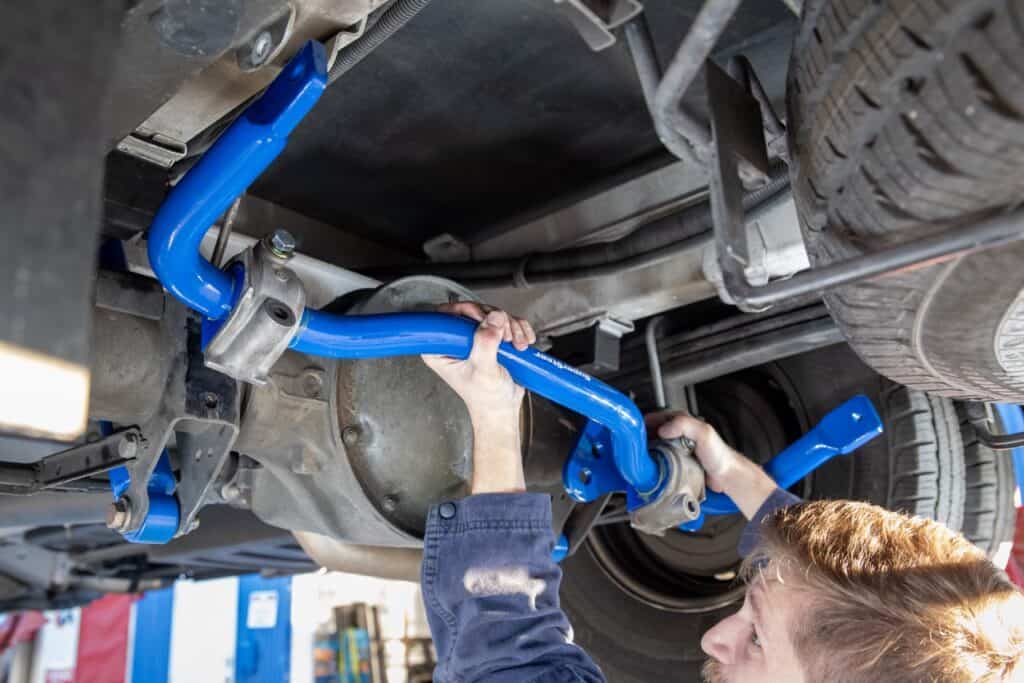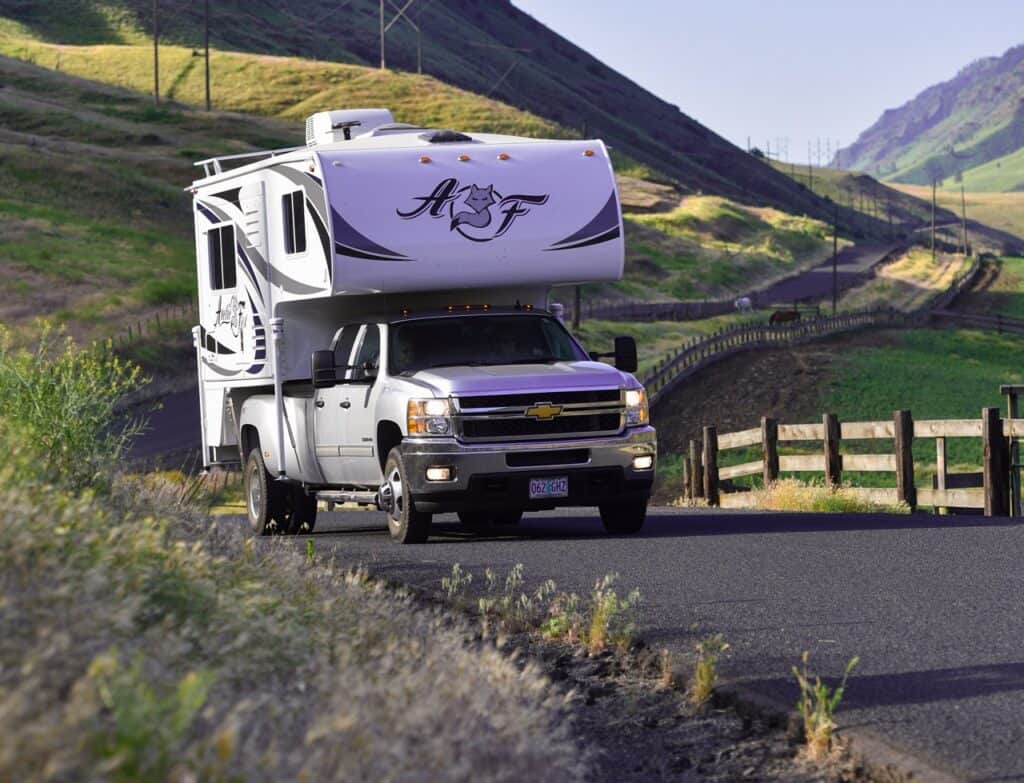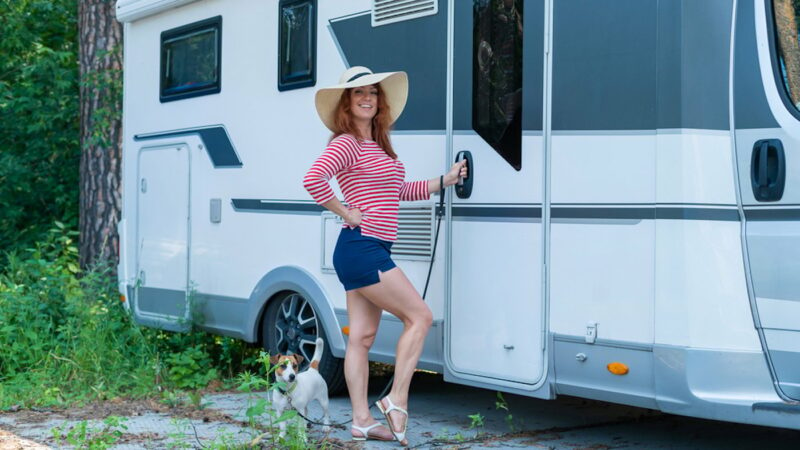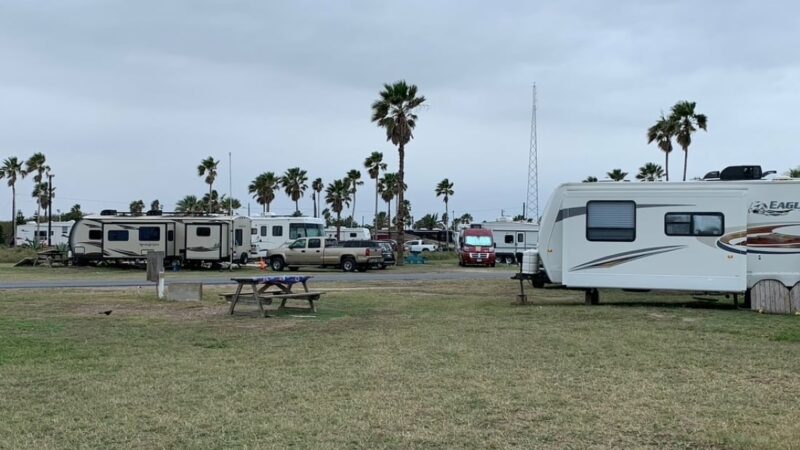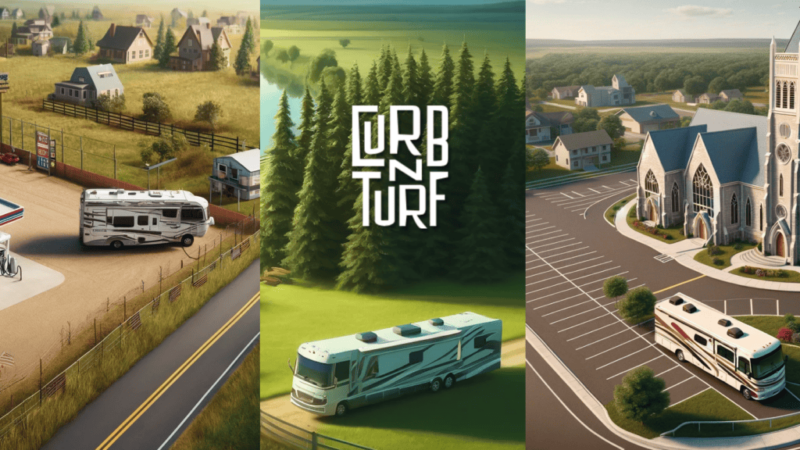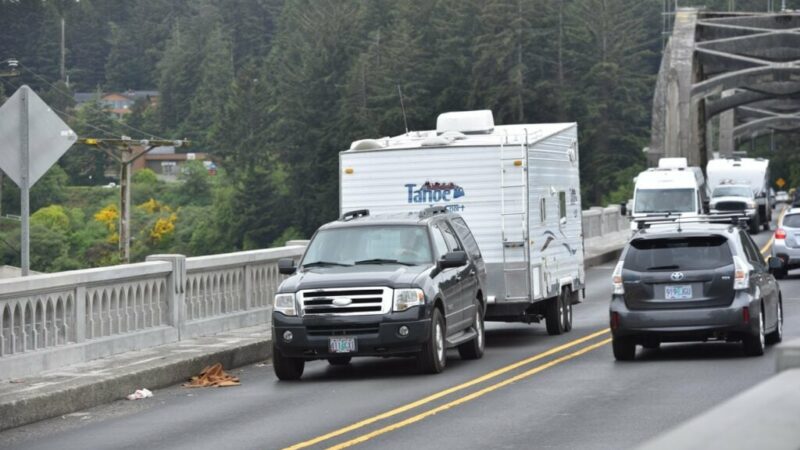How Sway Bars Improve RV Ride and Handling
RV ride and handling play a big role in how fatigued the driver and occupants are after spending hours on the road. The more the coach rocks from side-to-side, the more stress it places on everyone inside the coach. This is because our bodies naturally react to maintain balance in the seats.
An RV’s side-to-side rocking and body lean also places stress on its structural components, drawer and cupboard latches, as well as jostling any loose or fragile items stored in the coach.
Sway bars, commonly called “anti-sway” or even ”anti-roll” bars, play a key role in overall vehicle handling—especially RV ride and handling. While shocks help control the vertical movement of springs, sway bars help reduce the side-to-side pitching or rocking motion during cornering, while driving over uneven terrain, or while driving over off-camber road irregularities. Those situations include entering a gas station or pulling off a highway and into a campground. This condition is more prevalent in motorized RVs and camper-carrying pickups than in tow vehicles.
That’s why most motorized RVs, be they Class A motorhomes, Class B camper vans, or Class C motorhomes, typically have at least one RV sway bar installed from the factory to improve RV ride and handling.
How Does a Sway Bar Work?
As the weight of the vehicle leans toward the outside of a corner or low side of the road, that end of a sway bar pushes down as the suspension compresses. Because the RV sway bar is a torsional-type spring, the opposite end of the sway bar resists. This action simultaneously pulls downward on the vehicle frame, helping reduce and control excessive body lean.
But like shocks and steering stabilizers, these OEM suspension products are usually less than stellar in both performance and quality.
That’s why they’re typically one of the first upgrades RVers make to their motorhomes. Roadmaster, SuperSteer, Hellwig, Eibach and other suspension experts have invested a lot of time and money into manufacturing sway bars for RVs as well as full-size pickups and SUVs.
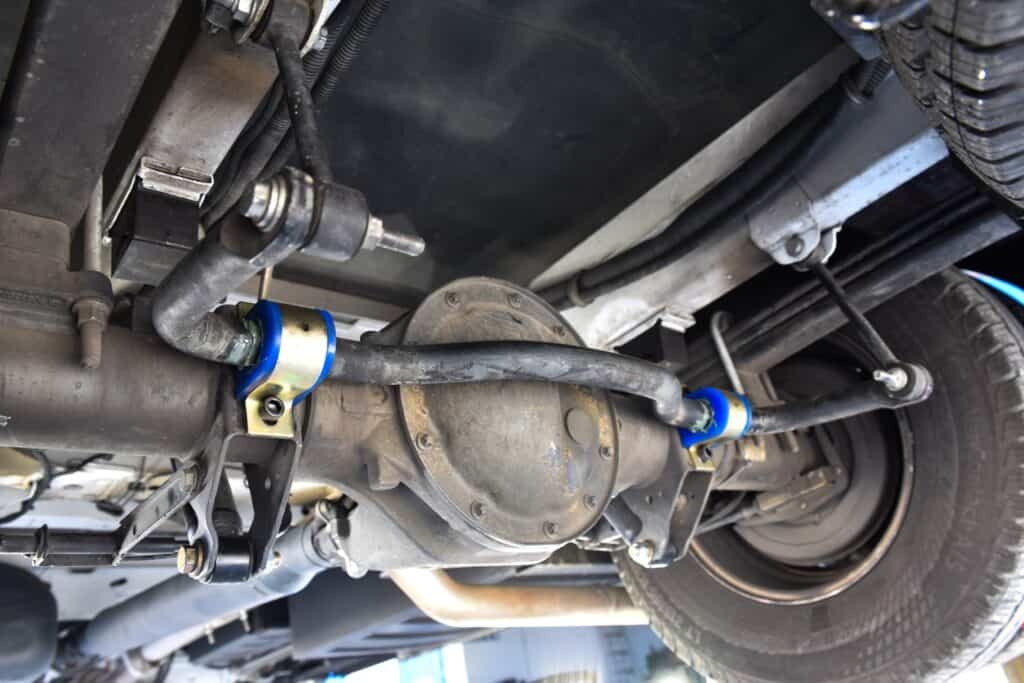
RV Sway Bars Improve Ride and Handling
“An anti-sway bar helps reduce the body lean of a motorhome [or pickup camper] when it encounters abrupt changes in its direction either horizontally and or vertically such as entering or exiting RV parks, campgrounds, gas stations and supermarkets, or simply making a corner,” says Tommy Henderson, the head of research and development at SuperSteer, a subsidiary of Henderson’s Line-Up Brake & RV in Grants Pass, Oregon.
“The larger, heavier, and taller the RV, the more important it is to have a really good anti-sway bar working for you while you’re cruising down the highway.”
What Makes The Difference
What’s the difference between the OEM anti-sway bar and the heavy-duty aftermarket replacements? There are many factors, from the type of alloy they are made from to the diameter of the bar stock to the length of the motion arms to the type of material used in the bushings that wrap around the bar itself.
Size is one of the big factors. In general, for every 1/8-inch increase in a sway bar’s diameter, the resistance to controlling body roll increases by about 33 percent. That’s according to those that build sway bars. And if the bar goes through special heat-treating processes, the torsional rigidity of the factory unit is almost doubled.
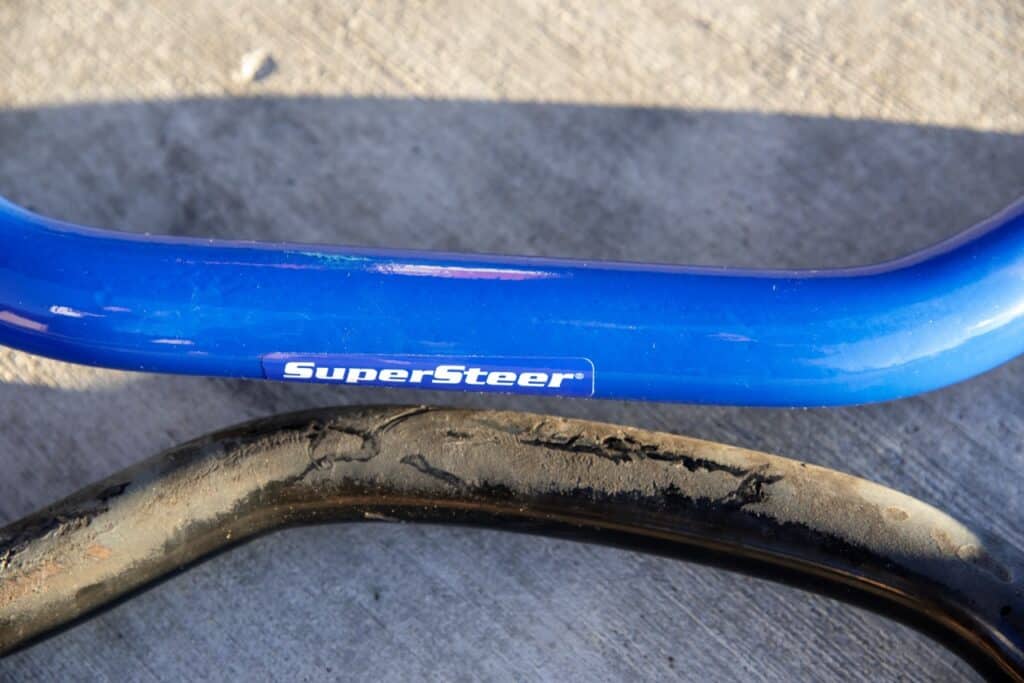
For example, SuperSteer installed its SS110 sway bars, which are built and tuned exclusively for specific RV applications, on a 2021 Winnebago Navion Class C. Testing showed the thicker, stronger sway bar reduced body roll by almost 60 percent. Consequently, cross-country road tests revealed the upgraded RV sway bar also reduced the adverse effects of wind gusts and side winds.
Supplemental RV Sway Bars
On larger Class A gas motorhomes, upgrading or installing aftermarket sway bars typically makes a big difference in ride and handling. These bars can be supplemental (adding to the factory rear anti-sway bar setup); a basic replacement of the OEM front/rear bar with an more efficient aftermarket one; installing a sway bar where none existed; or a combination thereof.
Henderson says diesel pushers don’t typically come with a rear anti-sway bar, so technicians there install Roadmaster sway bars designed for Freightliner V-Ride coaches. They also install supplemental SuperSteer sway bars for the front of solid-axle diesel Class As.
“Installation times vary from RV to RV depending on the application,” says Henderson. “They typically take 2–3 hours for a rear or front anti-sway bar kit installed at our shop here at Henderson’s Line-Up.”
Sway Bars For Pickups
Sway-bar upgrades also benefit tow vehicles and pickups carrying slide-in campers. The larger the trailer being towed, or the heavier the camper being carried in the bed, the more critical it is to have a quality sway bar in the rear.
Installing or upgrading to larger, more robust anti-sway bars (front and rear) on a pickup or full-size SUV doesn’t usually have a negative effect on how the vehicle drives when unladen. The big difference is felt while under load—and that’s critical to safety. This especially applies to pickups that carry a big slide-in camper. That’s because doing soincreases the vehicle’s center-of-gravity, making it more top-heavy than it is unloaded.
Like motorized RVs, how much time it takes to install a replacement anti-sway bar, or installing one on a chassis that doesn’t have one, varies depending on the application. They take a little more time to install than replacing shocks or a steering stabilizer. The simplest of installs should take a seasoned DIYer less than an hour with the proper tools.
One Final Thought
“The before and after difference is stark. People expect some kind of improvement, but they are genuinely shocked at the difference anti-sway bar upgrades make,” says Roadmaster VP David Robinson. “Roadmaster manufactures a lot of different things, but we receive more ‘Thank You!’ letters related to anti-sway bar installations than all our other products combined.”
Regardless of the brand or type of aftermarket sway-bar upgrade, the improvement in ride and handling behind the wheel is well worth the investment. So, what’s the difference after upgrading or installing an anti-sway bar under your motorhome or pickup? There’s no more fighting to stay between the lines. No more exhaustion at the end of a long day of driving on winding roads. And no more feeling like a passing semi is going to blow you into the weeds.
The post How Sway Bars Improve RV Ride and Handling appeared first on RV LIFE.
Source: https://rvlife.com/how-sway-bars-improve-rv-ride-and-handling/

